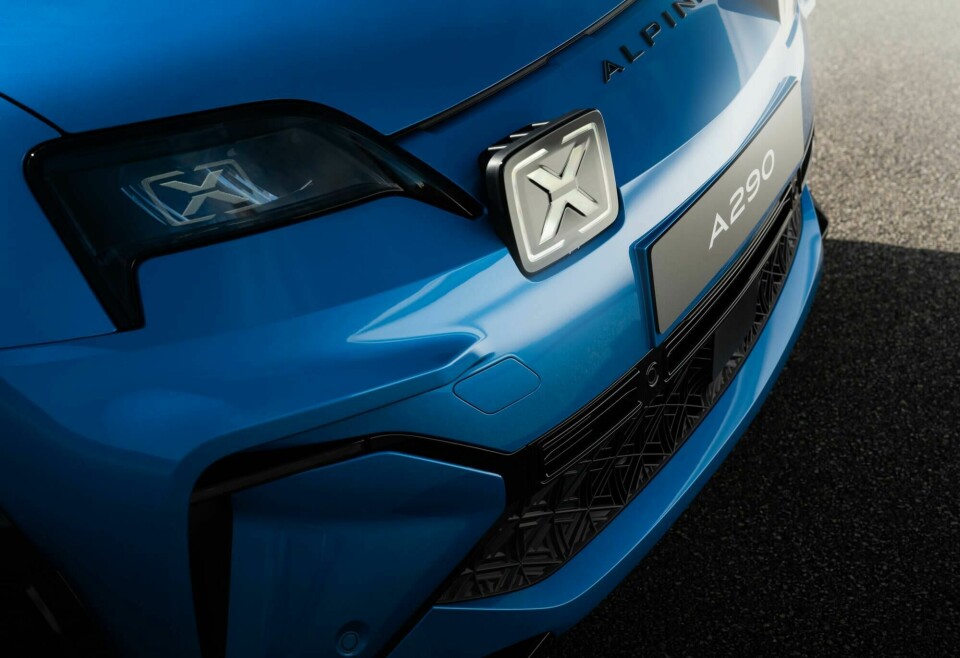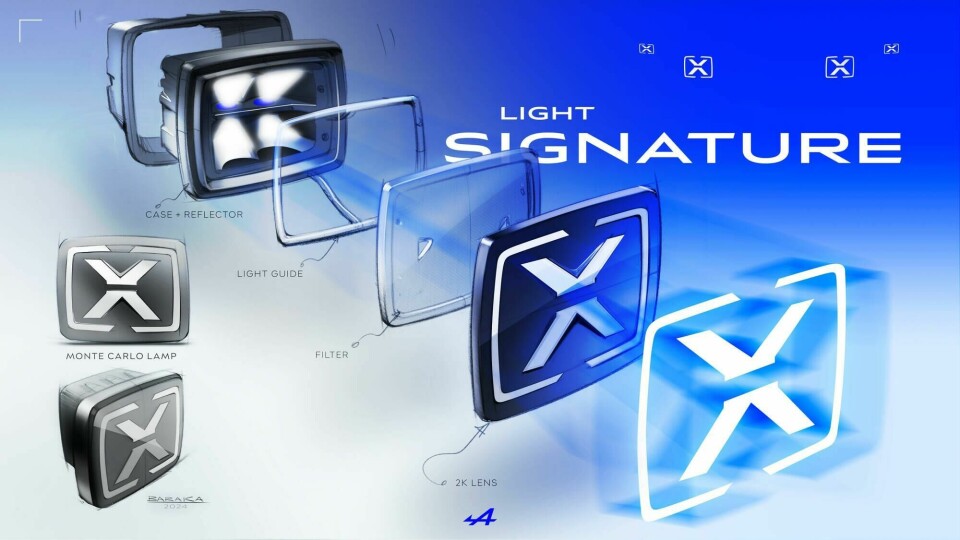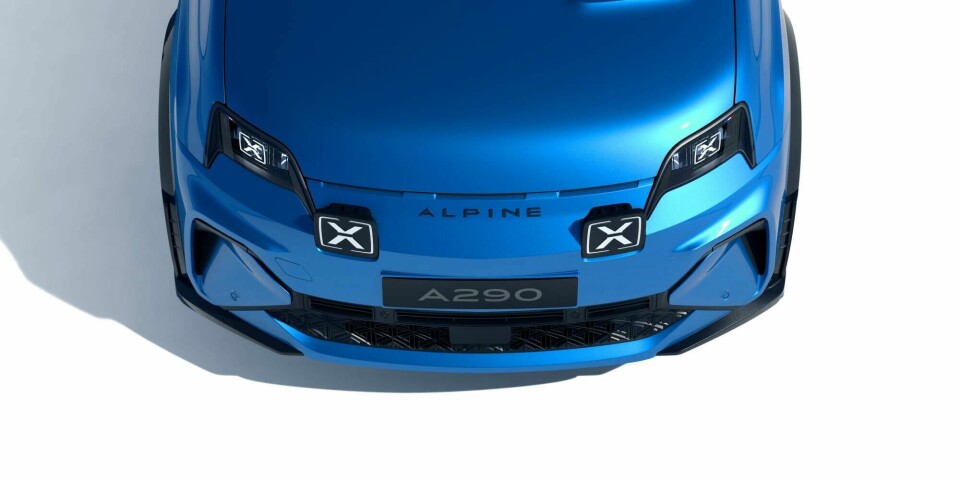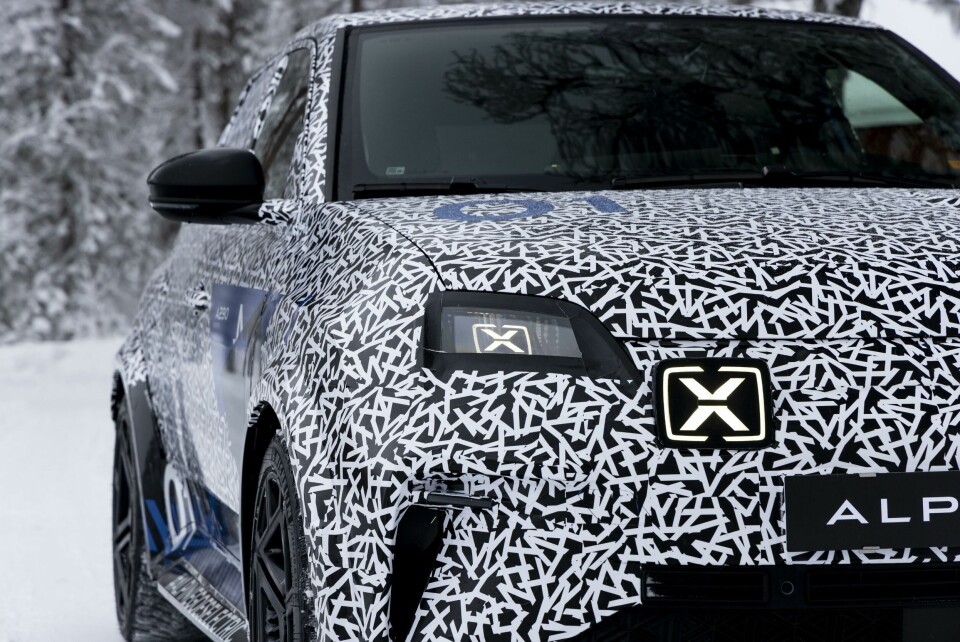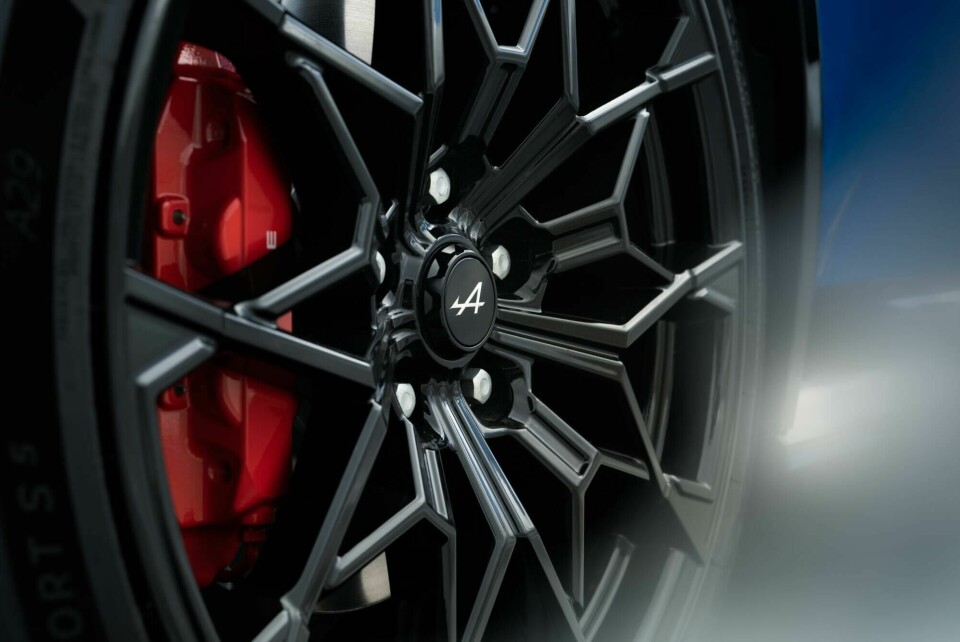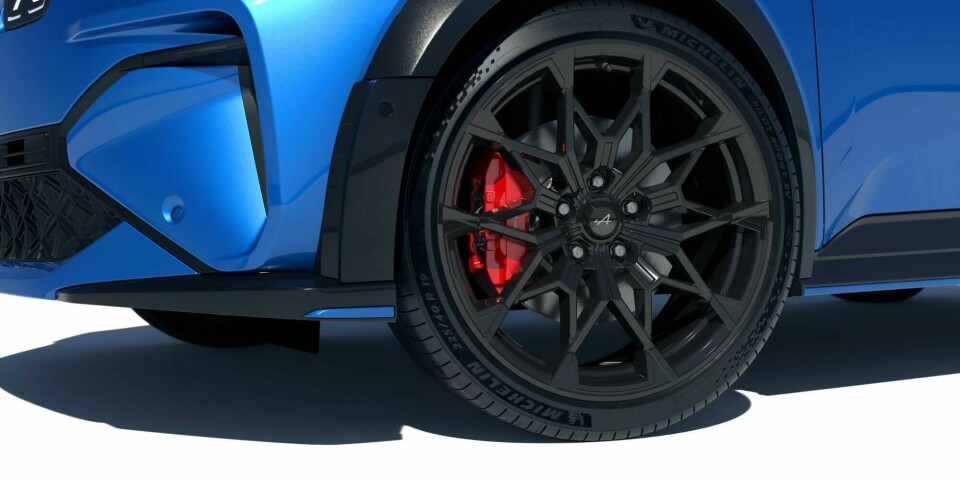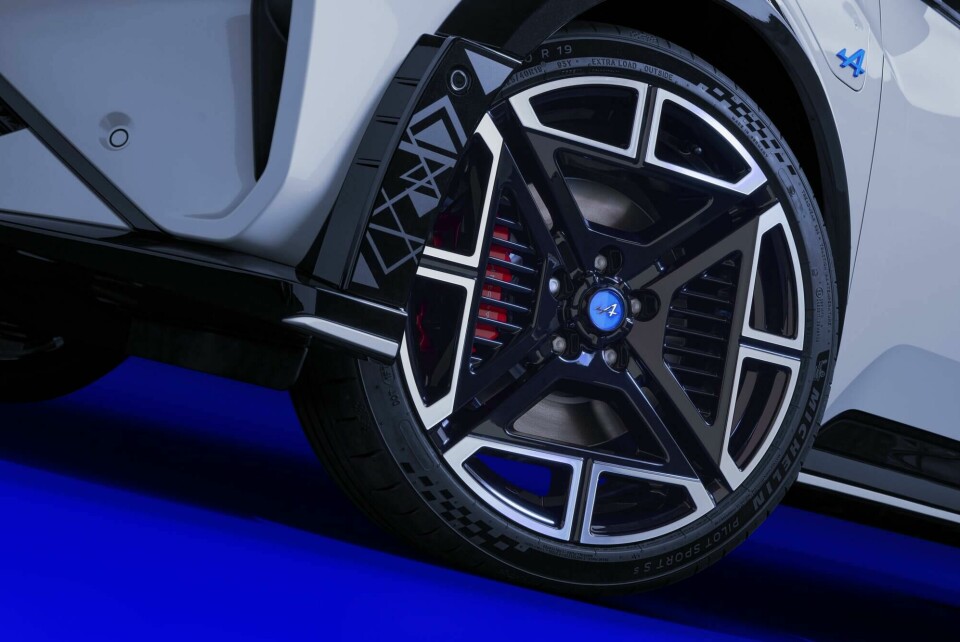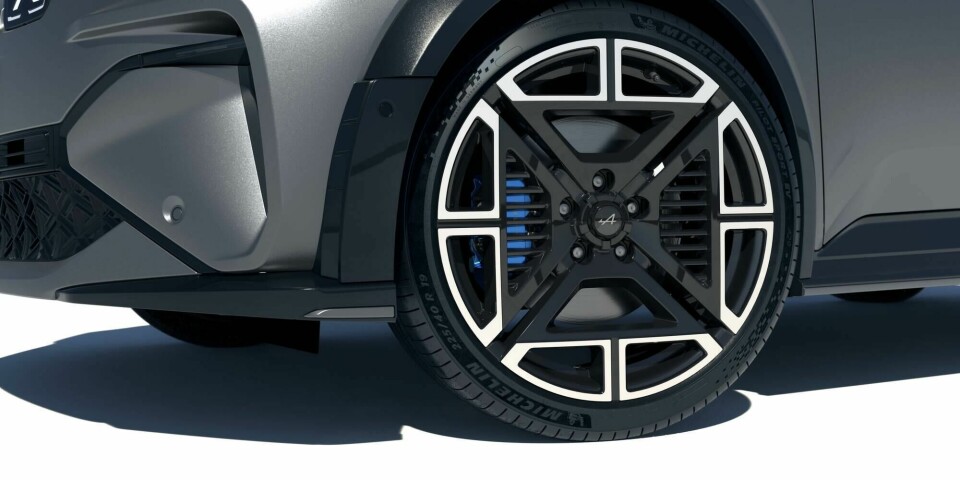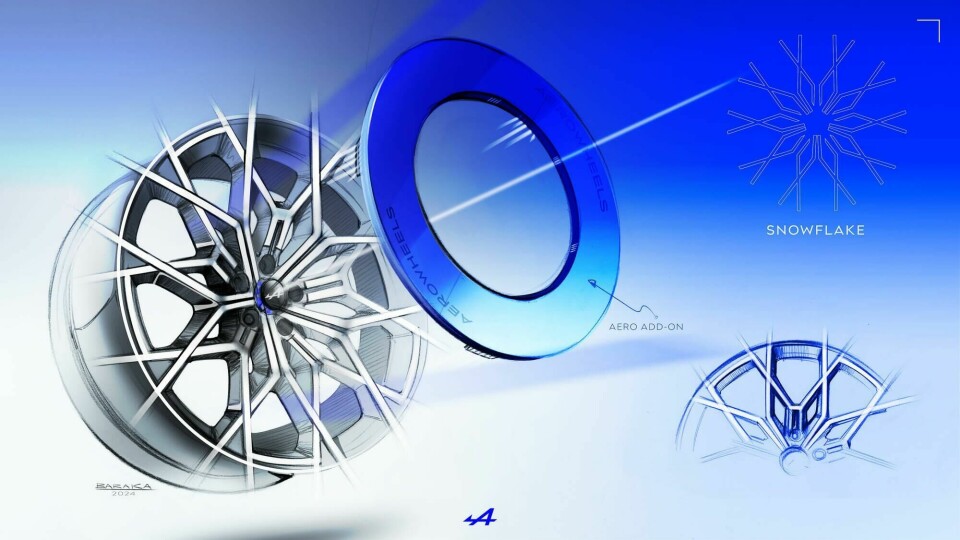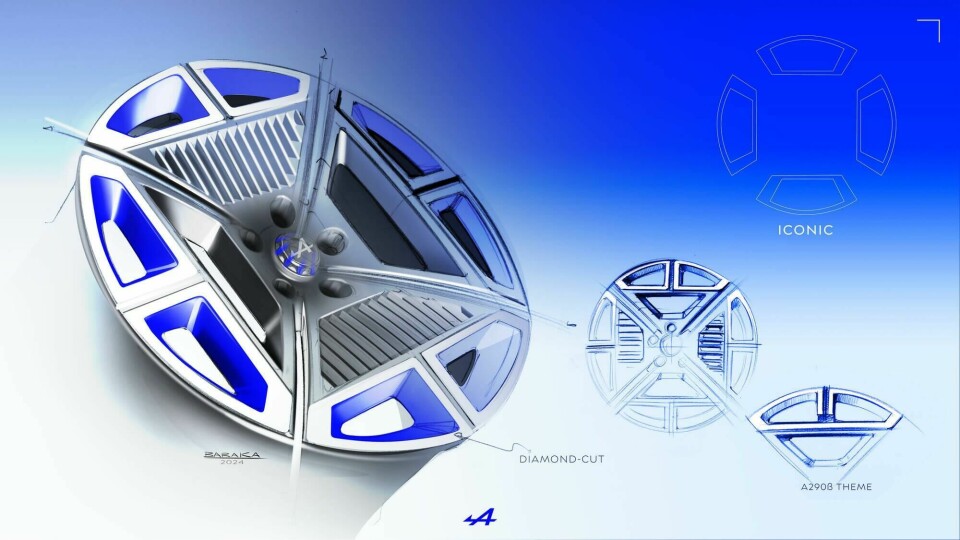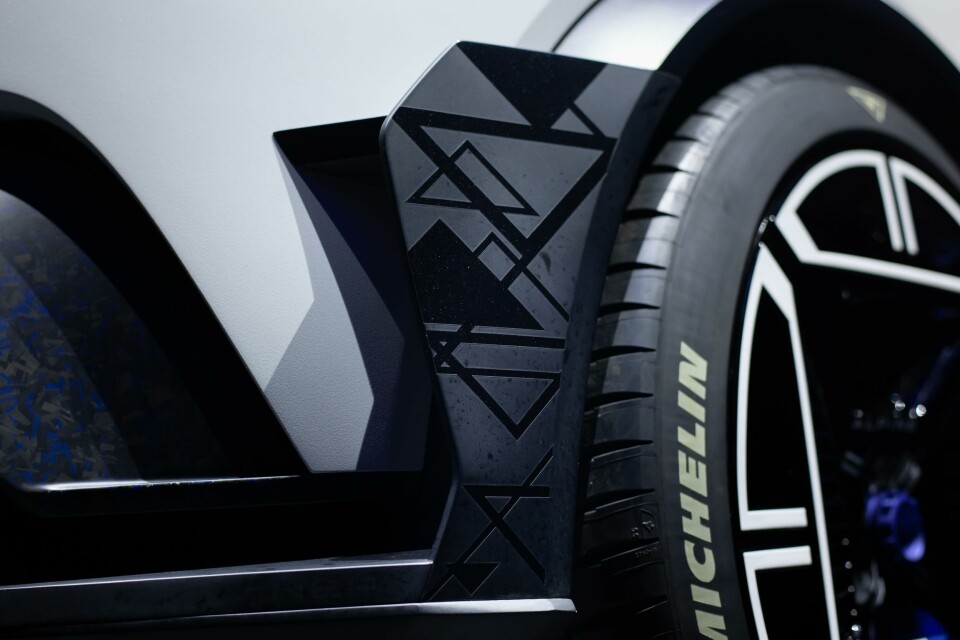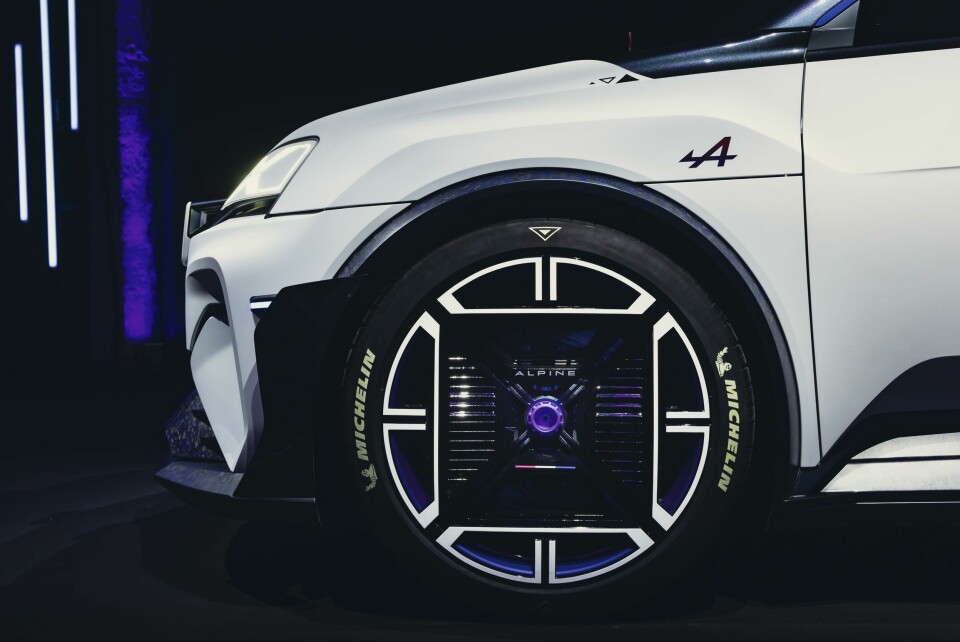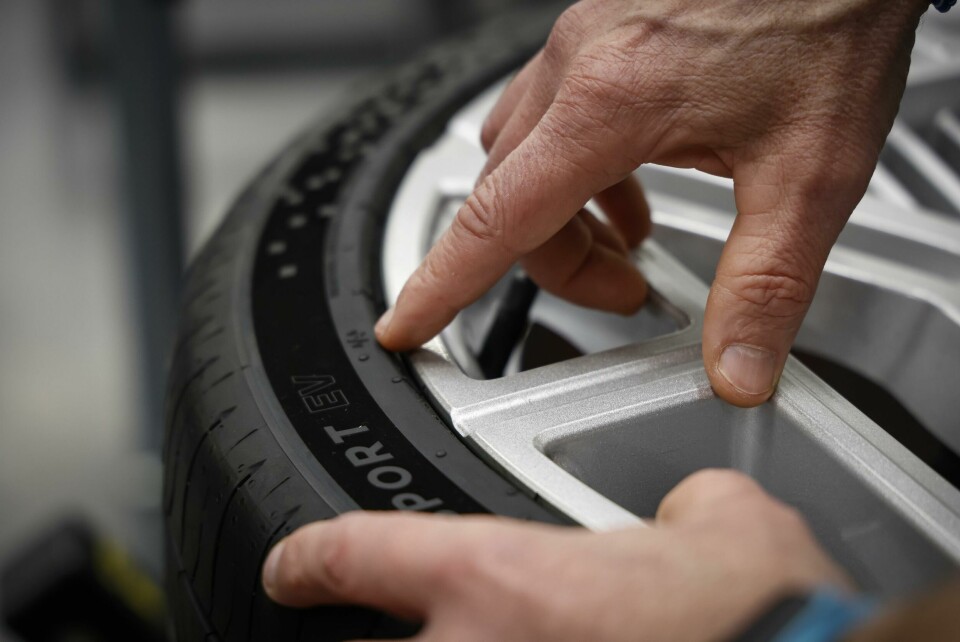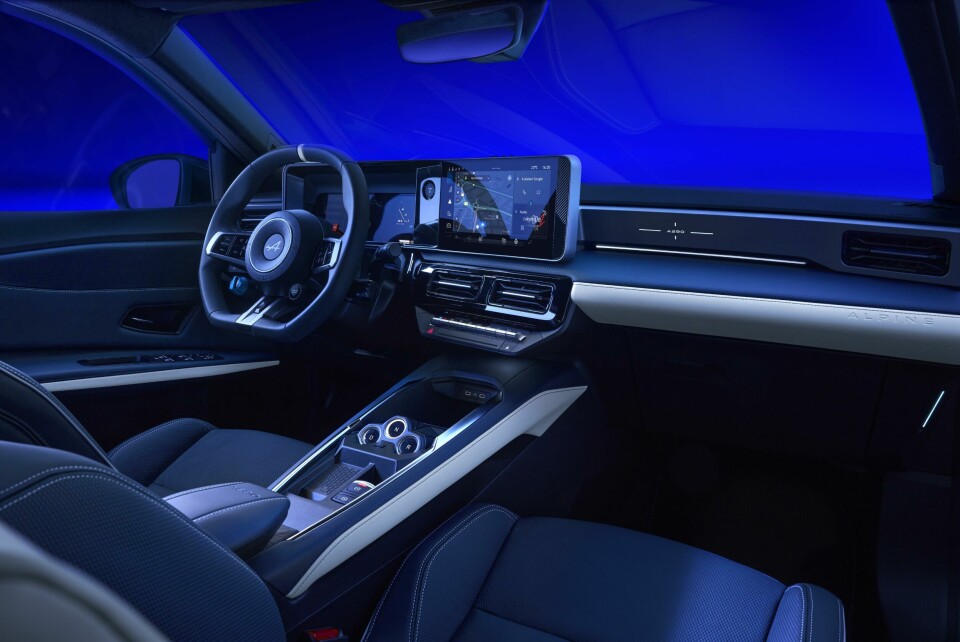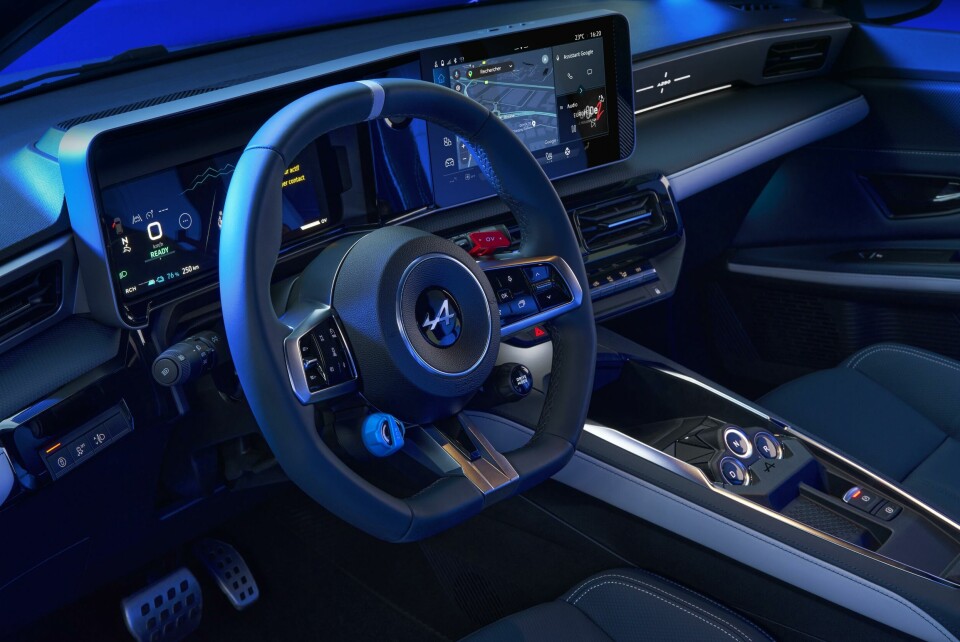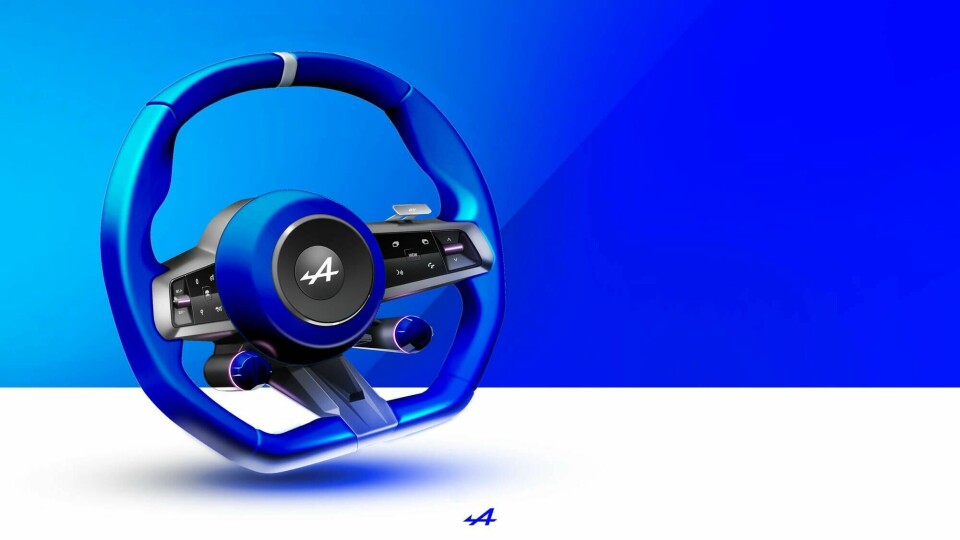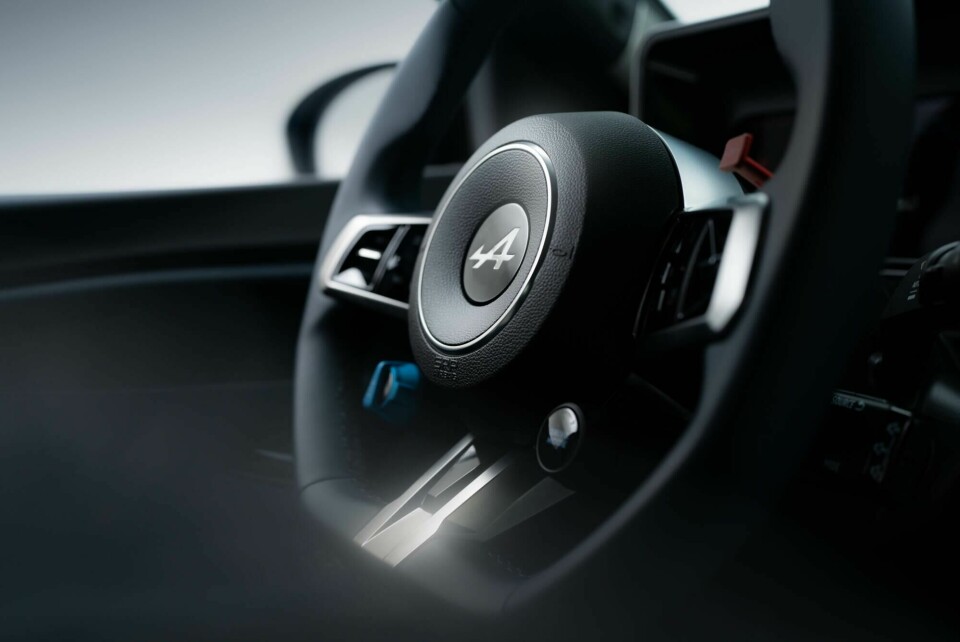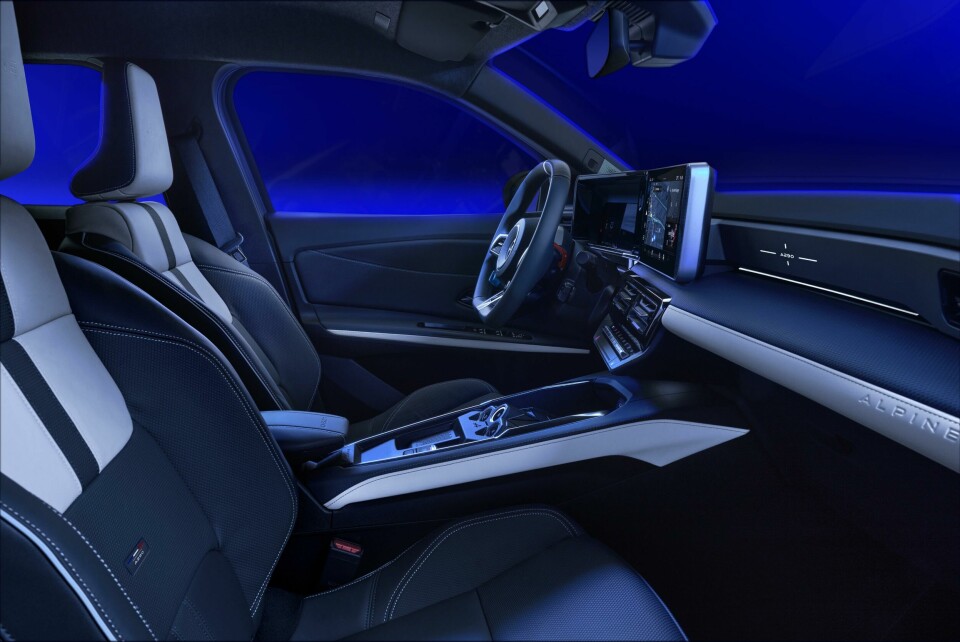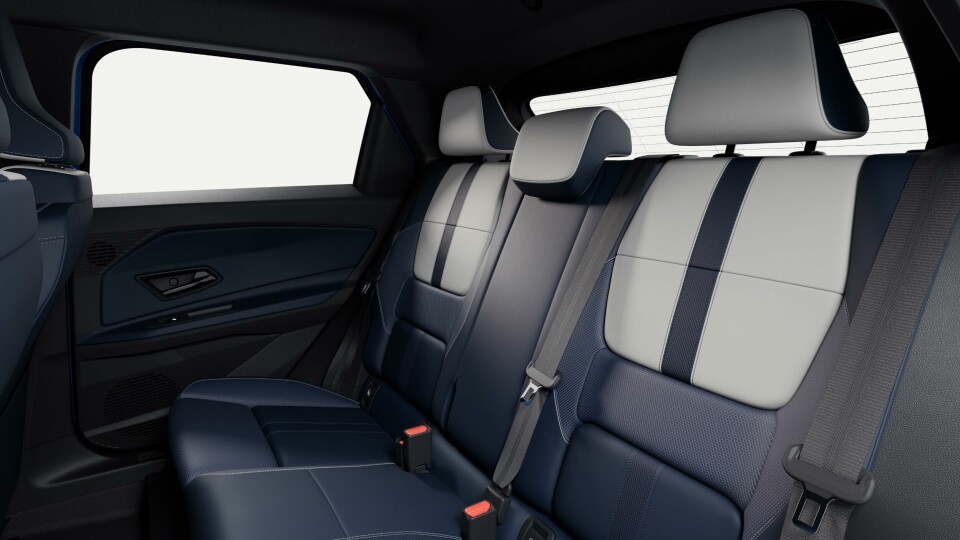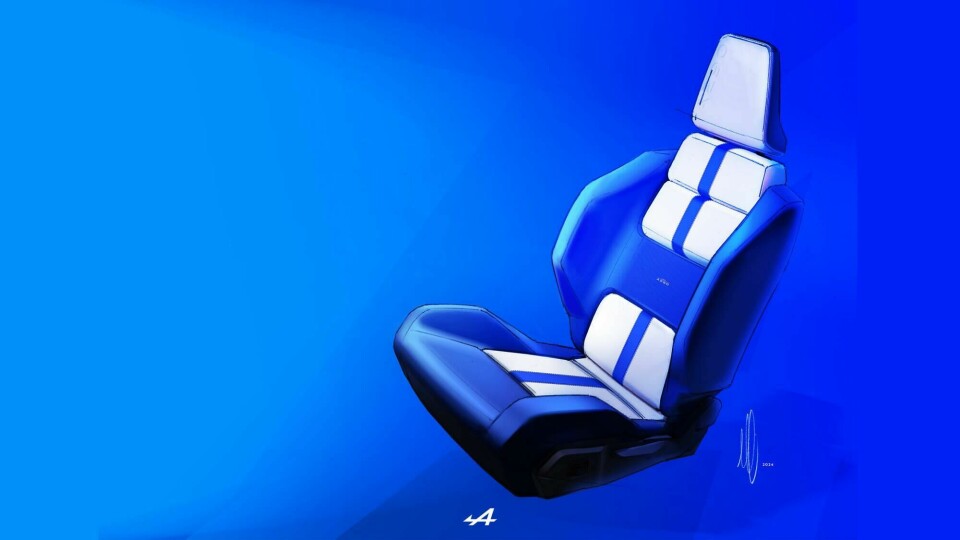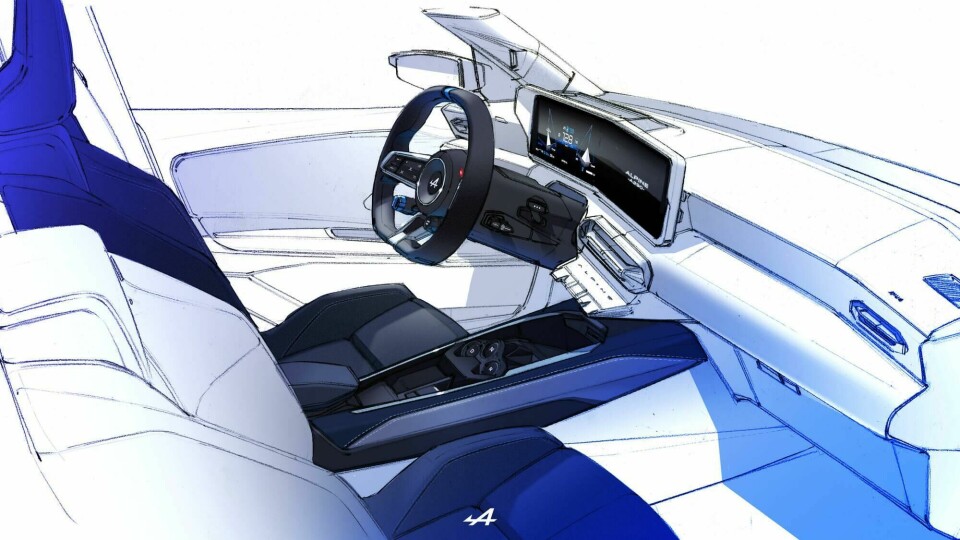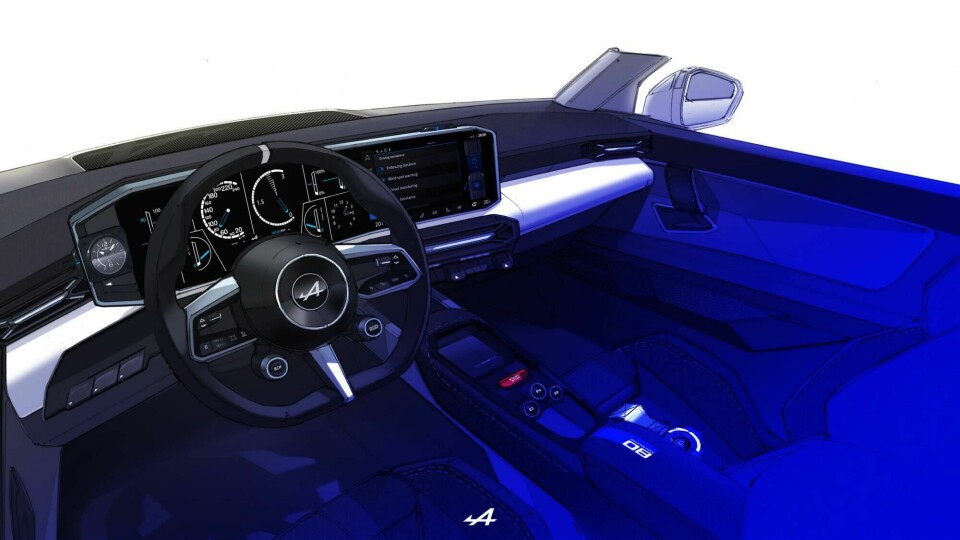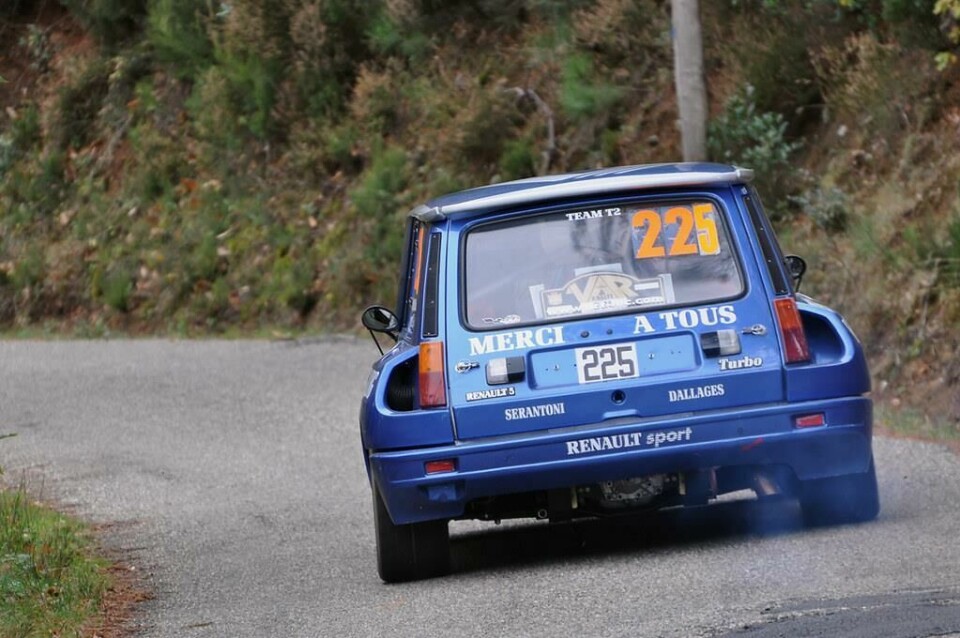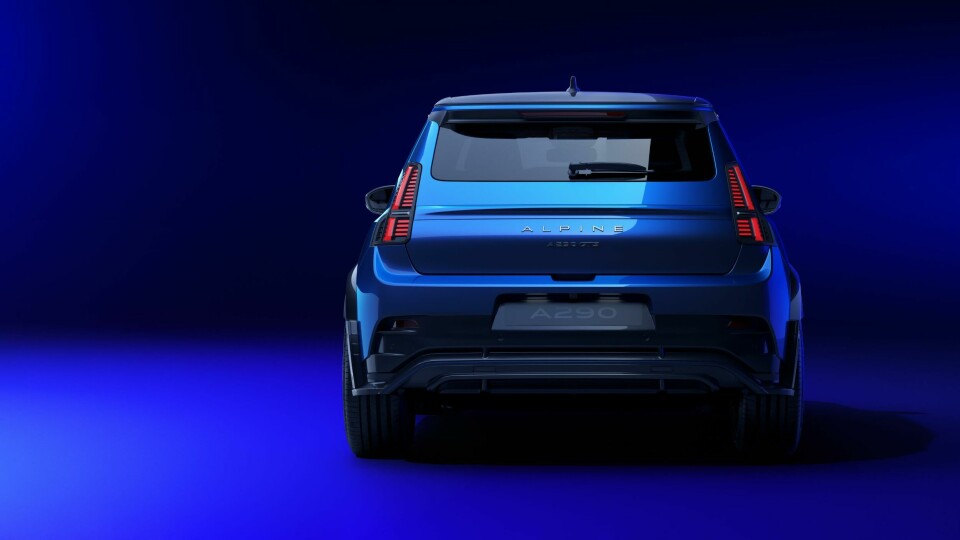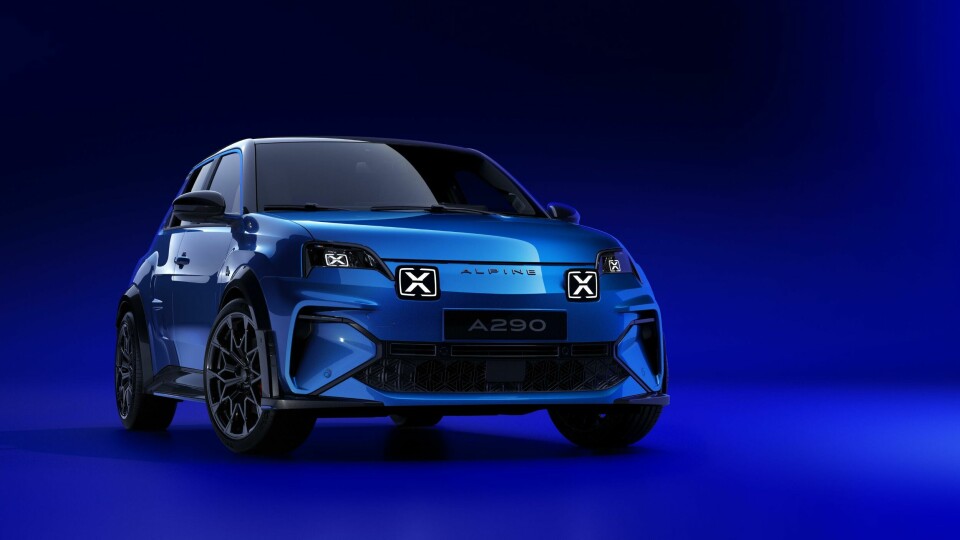
Alpine design boss Antony Villain on the A290
Car Design News caught up with Alpine head of design, Antony Villain, to learn more about the tough second album that was the A290
Alpine recently lifted the covers off its newest addition to the portfolio since relaunching with the A110 sports car. Now, it has a hatchback in the family, sharing the AmpR Small platform of the new Renault 5 but with very different characteristics beyond that. Firstly, this is marketed squarely as a hot hatch, if not a sportscar in a hatchback’s body.
Indeed, proportions are textbook hot hatch, if not boy racer. Stocky, low to the ground and despite its diminutive stature, menacing in appearance. Almost like a Staffordshire Bull Terrier. But like the terrier, there is more than meets the eye. This is fully electric, meaning it will be quiet, comfortable and efficient during normal everyday use, and the interior has been decked out with the usual creature comforts expected of a modern car.
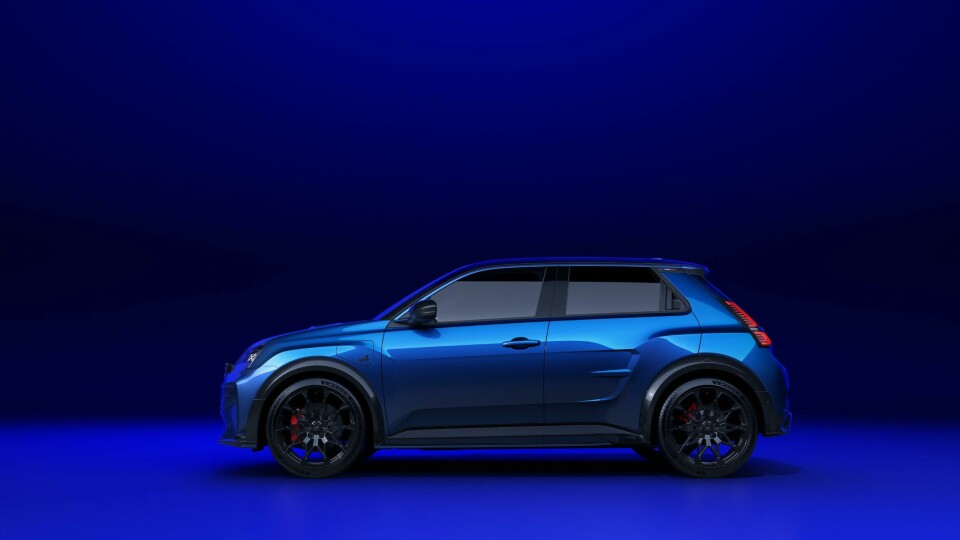
But it is the outside that immediately catches the eye, of course, and how could it not. Those X-marked spotlights on the front mask feel absolutely on the money and hark back to the fog lights fitted to rally cars – marked with black tape to help prevent cracks. Head of design Antony Villain tells Car Design News that although it feels very intentional, the truth is that this was more about practicality and meeting regulations for exterior lighting.
“One of the challenges was that we have four lamps but for homologation there needs to be a certain distance between the two lamps and between the light scene area,” he explains from his studio in the Technocentre complex. “We worked on a lot of different graphics from – crosses to kind of multiple squares – but technically speaking the only solution was the cross.”
At 3,900mm (L), 1,820 (W), 1,520mm and 2,530 (WB) this is a compact, nuggety thing. Flared arches, wide air intakes in the lower mask and a distinctive line that accents the rear door panel bring visual intrigue and the small, squinting headlights mirror the X seen on the front DRL spot lights.
A super wide rear track means the wheels still manage to jut out slightly, emphasised further by the narrow roofline that tapers upwards like the middle third of a pyramid when viewed from behind. We can see this from the front, too, and this was clearly the design intention. Just look at the early sketch below.
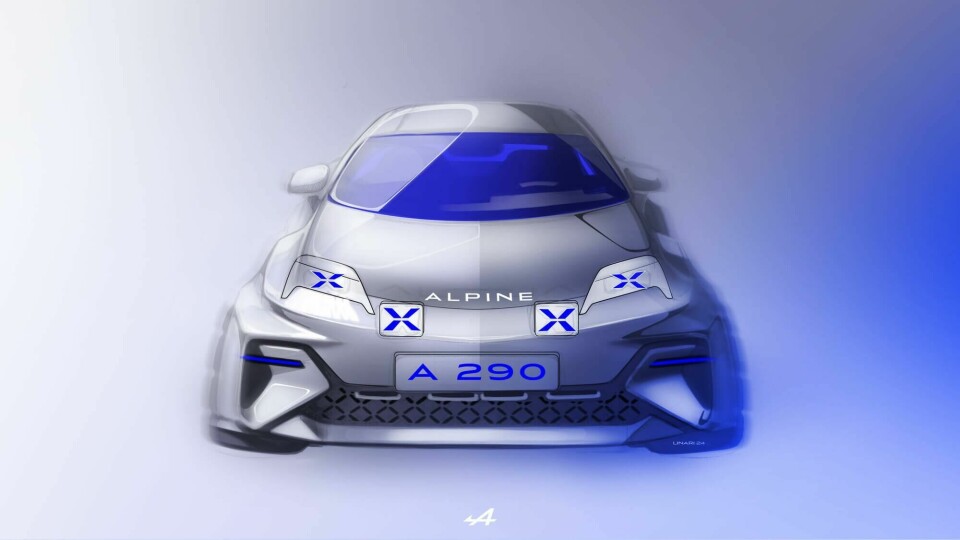
As is the nature of design these days, much of the process was digital and using 3D-printed parts where possible and useful. The show car – which very closely resembles the production model – was done in just ten months.
“I remember maybe ten years ago, it was a very long process to really sketch and model all the parts. But now we are going very, very quickly,” Villain explains. “Designers are doing their 3D modelling by themselves in many cases, and everything is moving very, very quickly. It’s a new era.”
The team had fun with the wheels for the A290 and delved into the back catalogue – landing on the A310 in particular – for inspiration. “We love the wheels from the sixties and seventies, where there were a lot of geometrical patterns and shapes in wheel design,” notes Villain.
Peeking between the spokes are four-piston Brembo brake calipers, the same as those on the A110, and available in bright red or blue (the latter feels more appropriate). Wheels are often considered the jewellery of the car, and to continue that analogy, jewellery needs to be wrapped up nicely. Allow us to nerd out on tyre design for a moment.
As we found out during a recent exploration of this topic, this is a niche field but one that cannot be overlooked. Alpine partnered with Michelin in 2021 to define the right set of treads for the A290, not only from a technical perspective, but also from the point of aesthetics: the car needs to communicate its abilities in the corners. Two tread options were selected: the performance-focussed Pilot Sport S5, available exclusively as OEM fitment, and the Pilot Sport EV which prioritses energy efficiency through low rolling resistance.
Speaking of which, some figures, if you were interested: 1,479kg, up to 300nm of torque and a 0-62 dash in as quick as 6.4 seconds. Now. These may not have been the numbers you’d expect of a sporty EV.
The market has been in a tustle to see who can achieve the most neck-bothering acceleration times from a standstill, with even family sedans ducking under the three second mark these days. Frankly, anything above five seconds could be considered tardy at this point. With the A290, it is refreshing to see that outright straight-line speed was not the focus, instead offering an expected 380km of range, incredible cornering ability and a 0-62 time that is not to be sniffed at.
Inside, Villain is particularly pleased with a couple of elements in particular. The steering wheel, he says, was a crucial element to the overall feel and is likely to be carried through to other models down the line. “We wanted something we could carry through in the future, so this is really a signature Alpine steering wheel,” he explains. “We worked a lot on the packaging and the position of the spokes to have a lot of angle. This is super important because it is a component you have under your eyes at all times.”
From a CMF perspective, there was a conscious effort to bring a splash of colour to what could have quite easily been a plain, inoffensive cabin. “We did this two-tone upholstery with this signature blue inside. I really love it because it’s super impactful yet for also feels quite premium, almost like you find with some classic cars.”
On a personal note, Villain found the project enjoyable as – in an EV age – it is not every day you get to work on a hot hatch.
“In France and the UK, people love this kind of silhouette. Cars like the Renault 5 GT or the Peugeot 205 GTI were what we loved as kids but probably for a decade now there are less and less of these kind of cars,” Villain concludes. “Reinventing this car in the EV world was a great opportunity and, even as a designer, I always enjoy driving the car as this is the moment where I feel if there is consistency between it looks like and what it delivers in terms of driving experience.”
And at a time where the same platform is shared across brands, the perceived risk was always that most cars would end up looking the same. The similarities between the new Renault 5 and the Alpine A290 are absolutely undeniable, and it could be argued that the A290 is an even better homage to the Renault 5 Turbo.
But look beyond the obvious shared elements and both cars have quite distinct deisgn languages as a whole, the Renault 5 immediately more approachable to family buyers or first time drivers, while the A290 sits squarely in performance territory.
